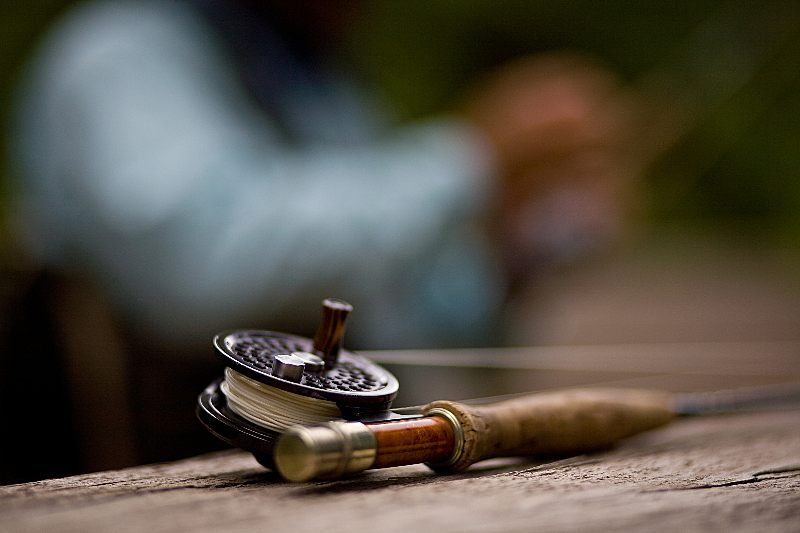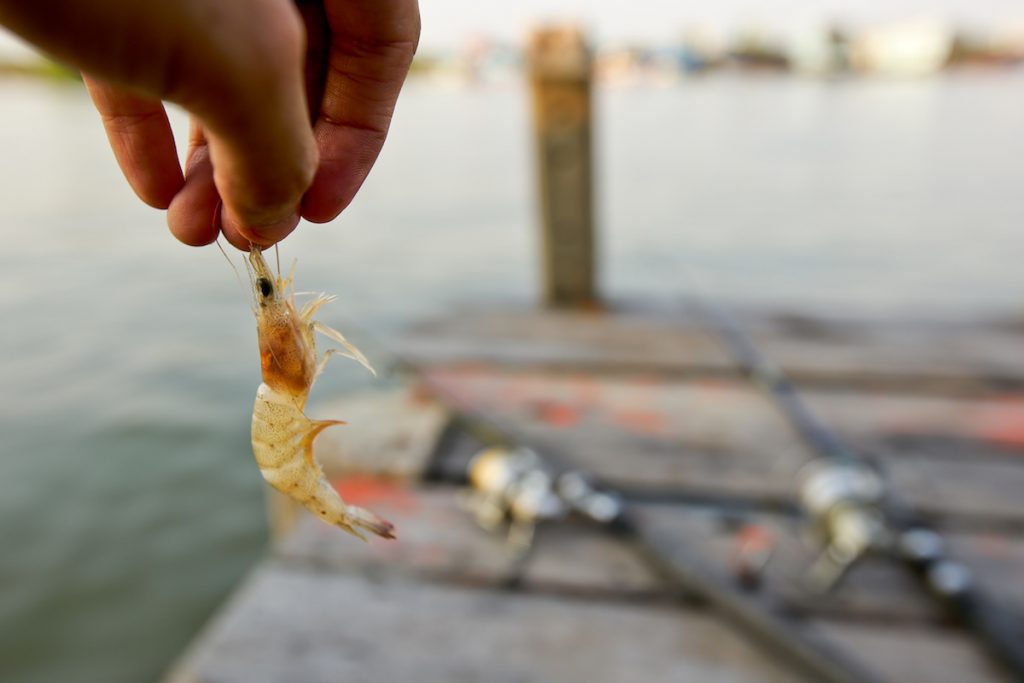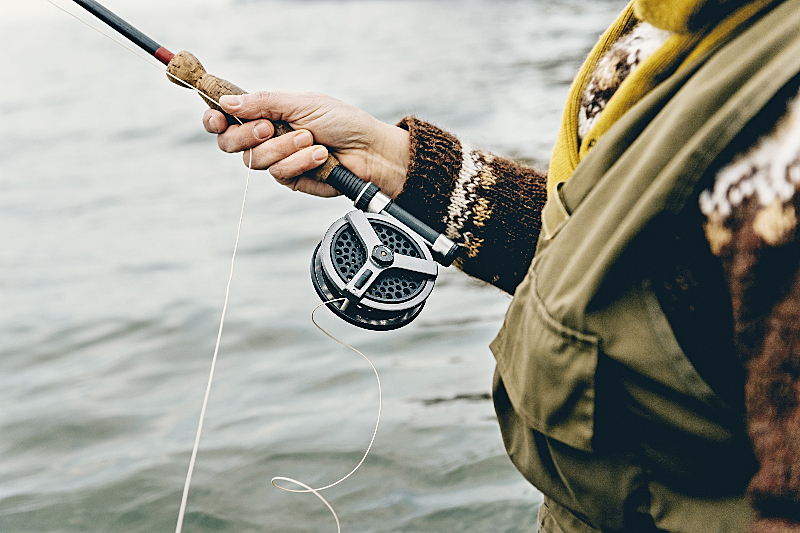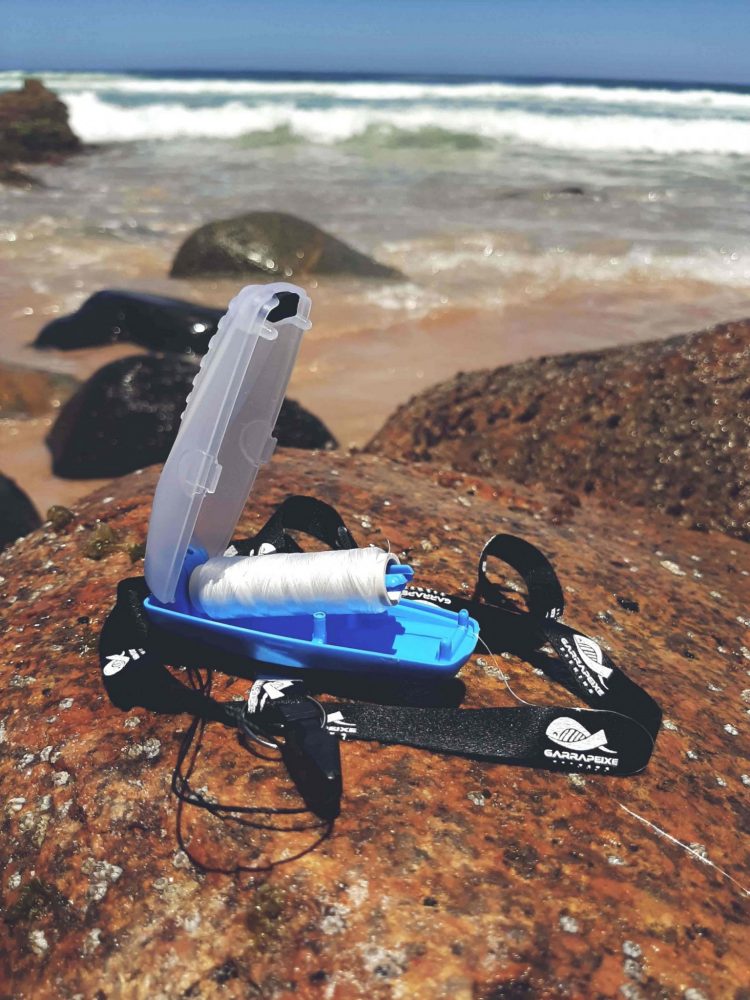Investing in a good fishing rod will make all the difference to your fishing success. After all, it is considered the main item of the activity. Whether to pass the time or to entertain yourself with friends, buying this equipment is a real investment.
There are several types of fishing rod commercially available. It can be made from various materials such as bamboo, carbon, graphite, fiberglass and even composite. But, after all, what is the best model?
The choice of this equipment must take into account several characteristics, such as the material used in the manufacture, the resistance, the place where the practice will take place, the type of fish and whether a reel or reel will be used.
To help you with this choice, we’ll introduce you to the types of rods you need to have in your store and what to look out for before purchasing the best item. Read on!
Learn how to choose fishing rod types for quality fishing
Fishing rods have different characteristics. Check below the aspects that must be observed before making the final choice: material, length, action, force, throwing weight, weight capacity and line strength.
Material Type
The material the pole is made from will influence its durability, strength and weight. While a bamboo fishing pole is light, a fiberglass model can weigh much more.
Length
The rod size must be calculated by measuring from the handle where the angler holds the item to the tip. This range is directly linked to the throw distance. In this sense, the smaller the pole, the shorter the throw distance.
Action Type
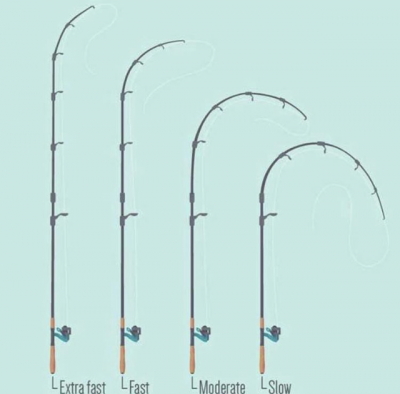

The action is obtained through the span of the blank and according to the amount of force that is applied to the equipment. In this sense, the larger the span, the slower the action. As well as the length, the action also influences the throw distance.
Strength
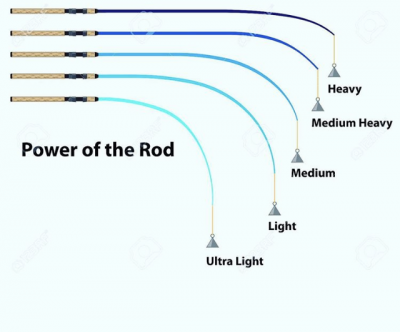

It is the power capacity that the line has in the sense of working the weights of the throws.
Pitch Weight
This aspect takes into account the weight of the bait or sinker that the rod supports to cast. In this sense, each rod contains a weight or casting weight indicated as ideal. Thus, if the angler uses a bait with a weight less than the ideal minimum, this can make the casting more complicated.
In turn, when using a very heavy bait or sinker, in addition to the maximum recommended, there may be damage to the rod and difficulty in casting the bait into the water.
Fishing spot
The environment where the fishing will take place can also make a total difference to the choice of rod. After all, this item is manufactured taking into account the specific needs of the location, that is, whether the fishery will take place in salt water (sea), cliffs and shores or in fresh and still water, such as rivers, lakes and dams. This is because the current can influence the material, strength and type of rod.
Usually long poles are good for long throws and are used in beachside fishing, also known as surf casting poles.
Type of fish
The choice of rod also takes into account the type of fish that the fisherman wants to catch. In case the fisherman doesn’t want to spend a lot. It is recommended to use equipment that has the capacity to fish a wider range of species. So, just change the tip material (plumb, staple, tie and hook).
Check out the equipment that is usually used for each type of fish below:
- bearded: medium action, for 0.35 to 0.5 mm line, and 4 to 7 hook;
- cachara: medium action, line 0.4 to 0.6 mm and hook 5 to 8;
- gold: medium and heavy action, 0.35 to 0.5 mm line and 4 to 6 hook;
- pacu: medium and heavy action, 0.35 to 0.5 mm line and 3 to 6 hook;
- painted: medium and heavy action, line 0.4 to 0.7 mm and hook 5 to 8.
Learn about fishing rod types
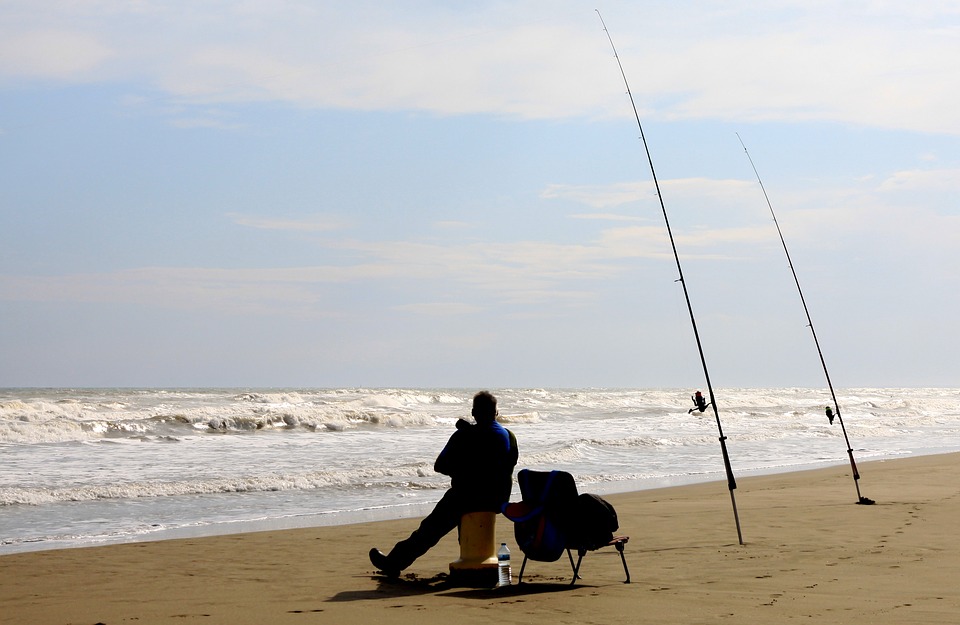

Meet the main fishing rods according to material, characteristics and peculiarities. In order to check if they are suitable for river or sea fishing etc.
Carbon Fibers
Carbon fiber-type rods have excellent sensitivity. They have the ability to transfer vibrations through the rod. Thus, it is possible for the fisherman to feel that the fish is close and if he has already taken the bait attached to the hook. This model is usually much lighter than fiberglass rods — for example, up to 40%, a characteristic that provides more flexibility and sensitivity.
Although carbon fiber rods are very light and tensile-resistant materials, they are not very impact resistant and do not have such a high durability compared to rods made of fiberglass. Remember that if you want to catch much bigger and heavier fish, you will need to have a stronger pole like the composite one on hand.
Bamboo
Bamboo fishing rods are simpler and more rudimentary pieces. However, this does not diminish its usefulness for fishing. Many are handcrafted and continue to be sold in the market. This rod has accurate throws and is intended for fishing with surface lures. It is the model used in some regions for fishing for some species, such as sea bass.
Fiberglass
Fiberglass reeds are inexpensive and cheaper than carbon reeds. However, they are heavier and a little less flexible. This makes them have good tensile strength, greater impacts and sharp spans. In this sense, they are less sensitive and do not provide such quick responses in relation to the vibration resulting from fish hooks.
Graphite
Graphite rods are light and very rigid. They are known for having high sensitivity facilitating the detection of the hook and used for fishing large specimens. With more rigidity in the material, graphite rods are classified as fast acting or extra fast.
However, they are still considered less resistant, that is, they are fragile. Therefore, their storage, handling and transport require much more care.
Composite
They are mixed fishing rods that unite more than one material such as carbon fibers and fiberglass. They combine two features in one product and are very rigid and resistant to traction.
Knowing the main types of fishing rod available on the market is an efficient strategy to make a good investment and bring more efficiency and fun to fishing. Therefore, do a lot of research on characteristics such as length, strength, and the material the equipment is manufactured from before making the final purchase.
Now that you know the suitable fishing rod types and the importance of investing in the right product for the type of fishing that will be practiced, how about helping your contacts? Share this article on your social networks!

